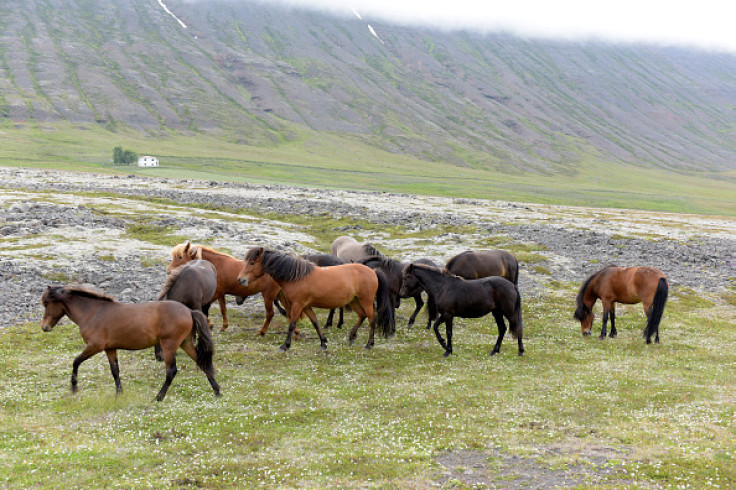Viking conquerors created horses that were more comfortable to ride
Breeds preferred for their comfortable pace were used on long journeys.

About a thousand years ago, gaited horses appeared in England for the first time. These breeds of horses - renowned for their abilities to perform smooth and comfortable gaits and valued for long-distance travel – may then have been brought to the rest of the world by the Vikings.
Throughout the centuries, horseback riding has greatly contributed to the development of human societies, consolidating trade and socio-cultural exchanges between communities.
In medieval Europe in particular, horse riding was the primary mean of transport available to travel long distances. For this purpose, specific breeds of horses with comfortable gaits, such as ambling and pacing, became very popular.
Previous studies have identified the genetic mutation responsible for some horses being "gaited". Scientists believe it is all down to a mutated allele of the DMRT3 gene, which is expressed in the spinal cord interneurons and plays a crucial role in the development of limb movement coordination. This allele is nowadays distributed in horse populations worldwide.
However, no research had attempted to trace back the origins of this genetic mutation or identified where the first gaited horses originated from.
This latest study, published in Current Biology, revealed that gaited horses most likely emerged in the 9th century medieval England.
English horses in Iceland
The scientists – an international team under the direction of the Leibniz Institute for Zoo and Wildlife Research in Berlin - examined ancient horse remains. They looked at the genome of 90 European and Icelandic horses from the Copper Age (6000 BC) to the Middle Ages (11th century).
They tracked down the DMRT3 mutated gene in DNA samples of two English horses from between 850 to 900 AD. In Iceland, horses have existed only since 870 BC but the allele was widely identified in Icelandic horses that lived afterwards, between the 9th and 11th century. The mutation was not found in other Scandinavian horses of the 9th century.
It is improbable that the English and Icelandic gaited horse populations developed independently from each other in such a short time. "It is much more likely, that the first horses ever imported to Iceland already carried the mutation for alternative gaits. The Vikings recognised the value of the gaited horses and preferentially selected for this trait - thereby laying the foundation for the worldwide distribution," explains Arne Ludwig, a geneticist who took part in the study.
These findings suggest that the first gaited horses appeared in medieval England and were then raided and transported to Iceland by the Vikings. This warrior population, always on the move to expand to new territories, would have valued comfortable horse gaits for their long journeys across rough terrains. As they reached the rest of Europe and Central Asia, the Vikings tookthe horses with them and contributed to their worldwide distribution.
© Copyright IBTimes 2024. All rights reserved.






